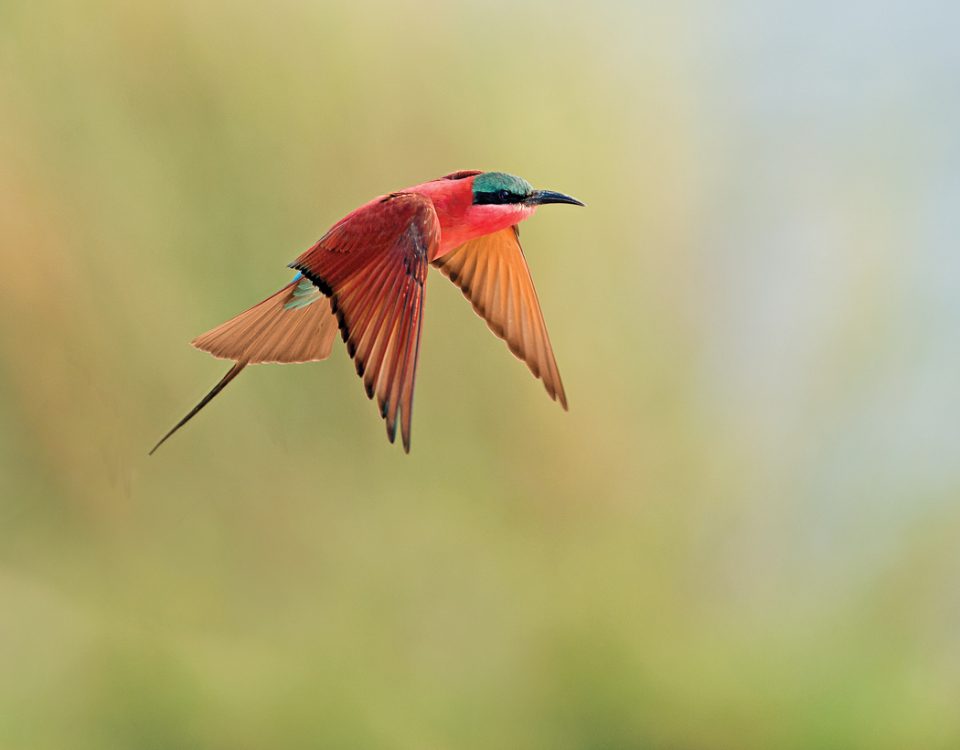Foodies
April 23, 2013Waterberg – a world unto itself
April 23, 2013/Ai-//Ais-Richtersveld Desert Knights Mountain Biking Tour – The 2013 event takes place from 15 to 21 September and is a 7 day event which includes 5 days of cycling, 1 day of canoeing and a 1 day transfer from Sendelingsdrift back to the Hobas campsite.
Texts and photographs Ron Swilling
Mountain-bike challenges have been popping up throughout Namibia in the last few years, giving adventurous mountain bikers several exciting challenges to pencil in on their calendars for the year.
What makes the /Ai-//Ais-Richtersveld Desert Knights Mountain Biking Tour so unusual is that not only does it include a stretch of canoeing, but also that it takes place in the two countries of Namibia and South Africa. The /Ai-//Ais-Richtersveld Transfrontier Park incorporates both countries, linked by the green ribbon of the Orange River. The event celebrates the transfrontier or Peace Parks initiative of setting aside political issues and agendas to merge areas into protected conservational zones.
In 2013 the Desert Knights initiative will be in its third consecutive year. In mountain-biker’s lingo (and it is apparently not acceptable to call them cyclists) it is a five-day multi-stage mountain-biking event. Mirroring the concept of Peace Parks worldwide, it is an impressive collaborative venture between South African National Parks, the South African Department of Environmental Affairs, the Peace Parks Foundation, Namibia Wildlife Resorts, and the Ministry of Environment and Tourism, Namibia.
The seven-day event will take place from 15 to 21 September, starting at the Fish River Canyon and ending at Sendelingsdrift, covering a distance of 275 km of mountain biking (in both countries) and 34.5 km of paddling on the Orange River. As the rugged landscape is best negotiated in the cooler times of the day, Desert Knights takes place in the late afternoon and evening, and during the night over the full moon.
The first 89 km stretch takes participants from the canyon rim southwards, overlooking ancient chasms that drop down to the depths of the Fish River, and along gravel tracks and roads to the /Ais-//Ais Hot Springs Resort. Day two is a 68-km mountain-bike ride from /Ai-//Ais to the Orange River, and then camping at Gamkab.
On the third day, the contestants can enjoy a rest from the mountain-bike saddle to row 34.5 km along the Orange River. The day ends with a short five-km ride to the camp at De Hoop, crossing the Orange on the pontoon. The participants are back on their mountain bikes on the fourth day for a 64.5-km loop on the Richtersveld side of the transfrontier park. The last 48.5-km route leads them back to Sendelingsdrift. From here, they will once again cross the watery international boundary to return to Ai-Ais. Shuttle rides are included and participants have the option of a return trip to Windhoek via Sossusvlei or, if they have their own transport, extending their stay at /Ai-//Ais.
Set in an amalgamation of rocky, moonscape-like roads edged by stark, daunting mountains (that you fortunately don’t have to scale) and a swathe of verdant river landscape, Desert Knights presents an opportunity to explore true transfrontier terrain. It is an opportunity not only for the experience and the challenge of the event but also to revel in the inspirational spirit that created transfrontier parks.
ACROSS BORDERS
The /Ai-//Ais-Richtersveld Transfrontier Park was established in 2003, with 70% of its terrain – 6 045 km² – in Namibia. It incorporates Namibia’s Fish River Canyon, the /Ai-//Ais Hot Springs, a large part of the Fish River, and the Huns Mountains west of the canyon, with South Africa’s Richtersveld National Park. The transfrontier park lies in the Succulent Karoo biome, an area of rich plant diversity that straddles the Orange River.
PEACE PARKS
Peace Parks was the term adopted by the World Conservation Union in the 1980s to describe ‘a transfrontier conservation area, a region that embraces the land of more than one nation, unifying fragmented ecological habitats and promoting environmental and political stability. It is a vision of peace for the subcontinent that sees the recreation of ancient wildlife paths, the unity of ecological and cultural territories and the sustainable development of rural areas’.
The Peace Parks Foundation establishes a network of protected areas that links ecosystems across international borders incorporating both animal and human populations.
‘In a world beset by conflicts and division, peace is one of the cornerstones of the future. Peace parks are a building block in this process, not only in our region, but potentially in the entire world.’
Nelson Mandela









